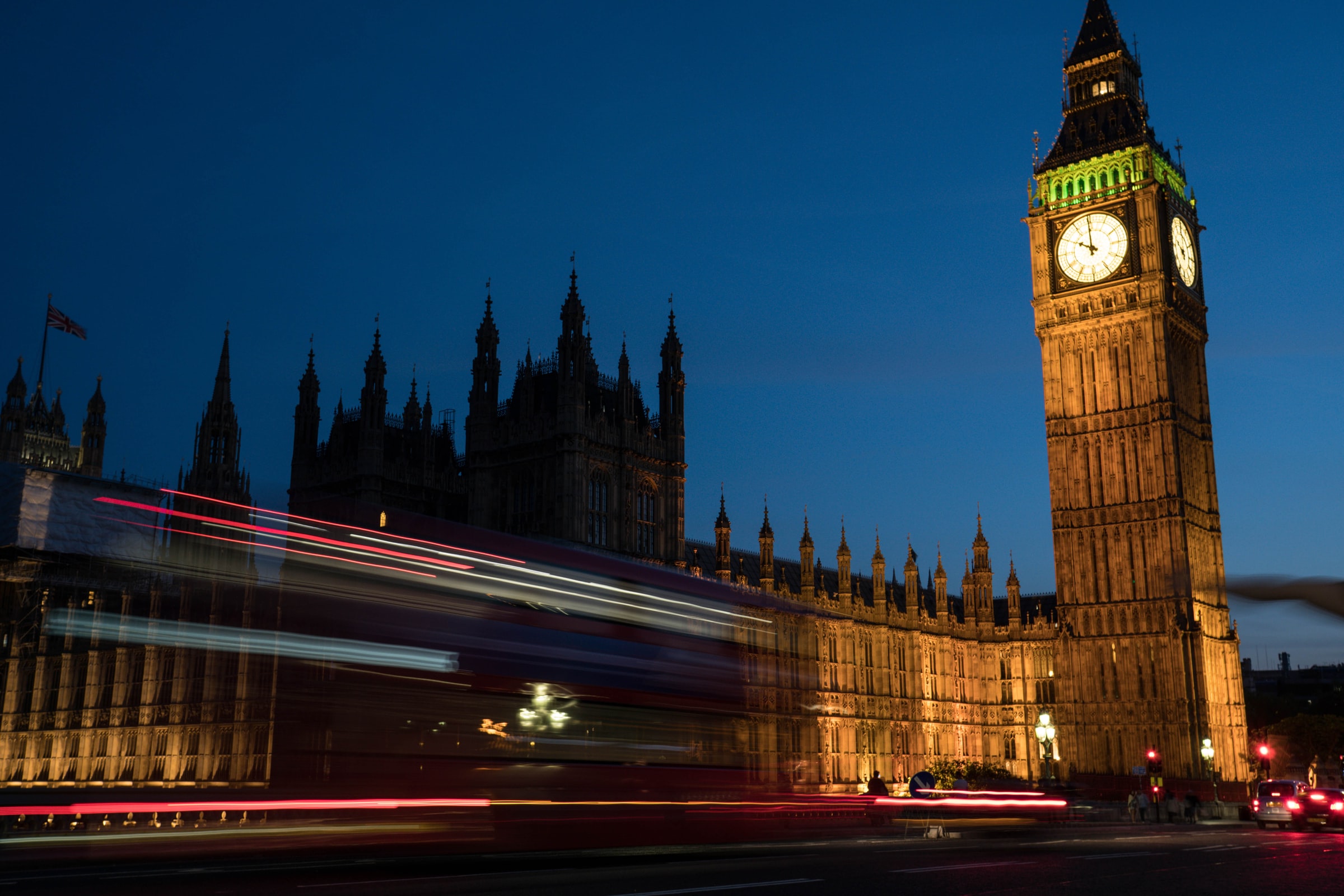All change in North Yorkshire
| By Ayer Mehmet | 0 Comments

On 1 April, residents within North Yorkshire will wake up to North Yorkshire Council – a new unitary authority replacing the current county council, and seven district and borough councils, to become the geographically largest council in England. This will work alongside the existing unitary City of York Council.
The move is set against the backdrop of wider plans for a £540 million devolution deal for York and North Yorkshire that will see the election of a mayor in May 2024 and the establishment of a newly created mayoral combined authority which will have much greater powers in driving forward strategic infrastructure projects and large-scale development schemes.
Results of the consultation on the proposed deal, held in December 2022, have now been submitted to Government. It is expected that the Secretary of State for Levelling Up, Housing and Communities, Michael Gove MP, will approve the drafting of legislation, enabling the creation of York and North Yorkshire Combined Authority in the coming months.
Who will make the decisions on planning?
From 1 April, North Yorkshire Council will become the local planning authority, resulting in any planning proposals not yet submitted or approved by the current local councils to be passed over to the new council.
Under a new tiered planning system, applications for significant infrastructure projects including large-scale housing developments and energy and physical infrastructure proposals, will be reviewed by a newly formed strategic planning committee, comprised of cross-party councillors from across the seven districts and boroughs. Six new planning sub-committees based around the parliamentary constituency areas will sit underneath this committee and make decisions on smaller, more local planning applications.
A new Local Plan will also be created to identify land that can be developed, replacing the seven Local Plans of the current district and borough councils, although residents could wait up to five years for an approved final document.
Until then, individual Local Plans will guide planning decisions whilst North Yorkshire Council devises a plan to integrate the priorities of each of the seven Local Plans, including different house-building targets, into one unified document. It is likely this adjustment process will temporarily create a complex local policy context and potential inconsistences in decision-making, which in turn, may lead to a greater number of appeals, particularly for large-scale housing developments.
Impact on engagement
Up until 2027, the political make-up of North Yorkshire Council will mirror the current composition of North Yorkshire County Council which in the May 2022 elections, narrowly maintained Conservative control to secure 47 seats out of 90. The current political spectrum of the new unitary authority– including 13 Independent, 12 Labour, 12 Liberal Democrats and 5 Green seats – brings a widened, diverse representation of political voices but may also lead to gridlocks in decision-making and a less clear overall direction of policy, including in planning and development.
Whilst councillors have been keen to “clear their desks” of existing planning applications ahead of April, issues have been raised over the new authority’s commitment to supporting existing proposals as councillors from outside the current district and boroughs will be brought into the decision-making processes mid-way through an application’s progress.
A new centralised planning system means fewer committees will be deciding on more planning applications, some of which may be geographically distant from them. For example, a councillor sitting on the Strategic Planning Committee, whose local patch borders Lancashire, could be voting on projects located on the North Sea coast. Greater distance between application and councillor could prove beneficial for large-scale, controversial projects by making it easier to bypass nimbyism and ensure applications are reviewed objectively without pressure from local communities.
Projects, particularly if they are significant and or controversial, must also factor in the procedural impacts from the council’s adjustment period, with potential for delays. Maintaining clear and consistent communication with planning officers and relevant planning committees will be critical to mitigate against any impact to a project’s timeline.
At Grayling, our on-the-ground consultants have extensive experience working on large-scale infrastructure projects across North Yorkshire and will be actively engaging with members of the new Strategic Planning Committee as part of our ongoing work.
If you would like further guidance on how to navigate these changes, or more information on the new North Yorkshire Council more broadly, please get in touch with Joe Cawley, Head of Engage at Joe.Cawley@grayling.com

